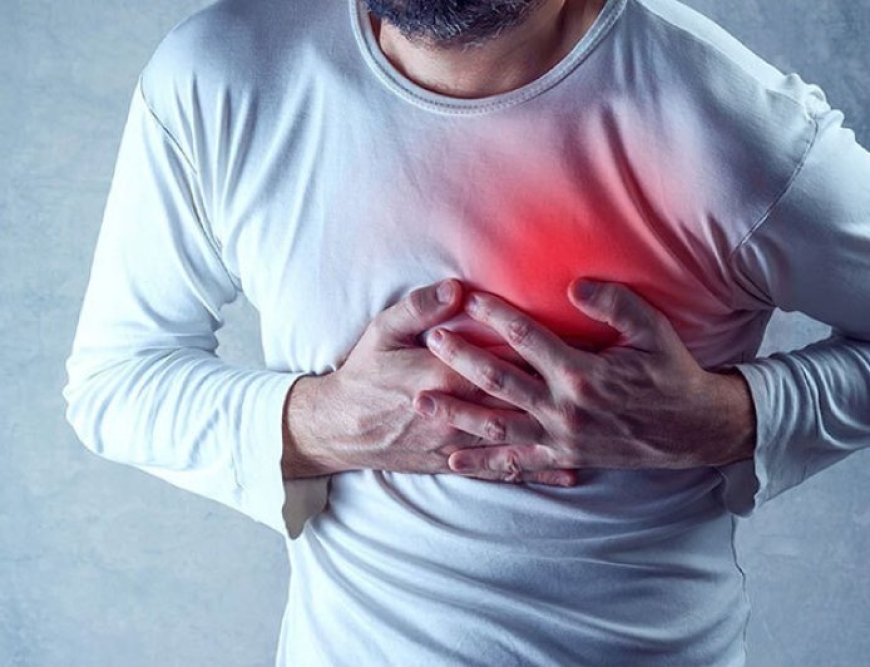What to do without wasting time in case of heart attack
Heart attack is the leading cause of death worldwide. Generally, the risk of heart attack increases after the age of 40. But even at the age of 18, many people have a history of heart attack.

Heart attack is the leading cause of death worldwide. Generally, the risk of heart attack increases after the age of 40. But even at the age of 18, many people have a history of heart attack.
Boys are generally more prone to heart attacks than girls. If you have diabetes, high blood pressure, hyper lipidemia, family history of heart attack, smoking, drinking habits, obesity or obesity, excessive stress are major causes of heart attack.
If someone has a heart attack, they should be taken to the hospital immediately. If quick action is taken, danger can be avoided in many cases.
If someone collapses due to a heart attack, CPR should be administered along with arranging for the person to be taken to the hospital. Abroad shock machines are placed on roadsides for heart attack patients. But this country does not have that system. So to keep the heart active
Giving CPR is the first step.
- Aspirin should be given orally to the patient. Medicines like sorbitol may be given. However, this drug lowers blood pressure. So when it is given, the patient should be kept lying down.
The patient should be seated and supported with a pillow on the back. However, it is better to keep the position in which the patient is comfortable. It is not right to break stairs and walk during this time.
__________________________________________________________
Also read: China will give weapons to Russia in Ukraine war?
__________________________________________________________
How to apply CPR
Everyone should know about CPR. Anyone can perform CPR with prior knowledge. You can help save someone's life in a short period of time. First of all, if someone faints, shout for help from someone else. If there are two people, the tasks can be done easily.
1. First of all, the surroundings of the affected person should be checked. If there is anything around the affected person, it should be removed.
2. Then check whether the affected person is conscious or not. If he has knowledge, he should be put to bed naturally. So that he can breathe slowly.
3. If he is not conscious, he should see if his breathing passages such as nose, mouth and throat are clear or not. Pull his head back, chin up and open the airway. If phlegm, blood or anything else is blocking the airway, it should be removed to open the airway and CPR should be started.
4. One palm should be placed along the middle of the chest and a little to the left while sitting along the person's chest. Place the other hand on it and grasp the lower hand with the fingers of the upper hand. The elbows should be pressed directly on the chest without bending.
5. Pressure should be applied at such a rate that 100-120 pressures are applied per minute. In this way, after every 30 pressures, put the face to the victim's mouth and blow twice. This is called rescue breath. Apply pressure in such a way that the ribcage descends 2 to 2.5 inches. So that the pressure on the heart.
6. CPR should be continued in the same manner until reaching the hospital or until consciousness or normal breathing resumes.
7. When consciousness returns or breathing resumes, he should be placed on his side. After that, further treatment should be arranged in the hospital.
What's Your Reaction?











































